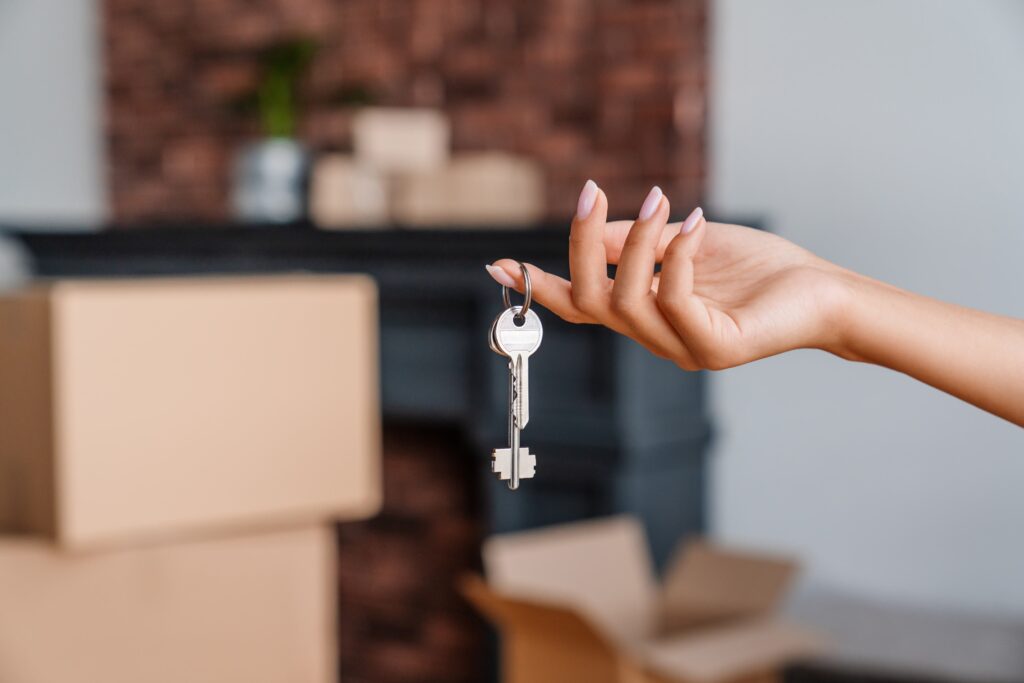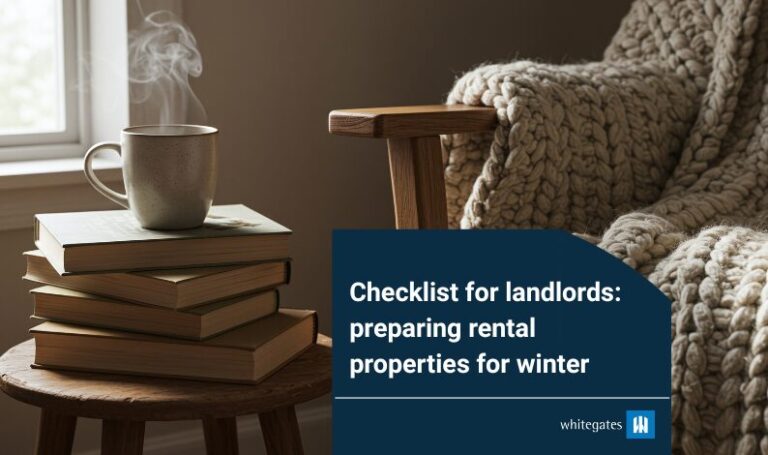Buy-to-let property remains a hugely attractive investment, but it’s not without risk – especially for beginners.
In this guide, we’ll outline everything you’ll need to consider before you invest, including:
- Your compliance obligations
- The taxes you’ll need to know about
- Buy-to-let mortgages
- The importance of location
- Rental yields
- Landlord insurance options
What is a good return on a buy-to-let property?
A yield of between 5% and 8% is generally considered a good return for a buy-to-let property.
Yields vary depending on where you invest, but a good return on a buy-to-let isn’t just about the basic financial calculations.
You should also be looking for:
- High tenant demand to minimise void periods
- Good capital growth potential over the long term
Buy-to-let property investment tips
1. Consider management services
Buy-to-let management costs are an additional outgoing that will eat into your rental profits.
But effective property management can also reduce the stress of self-managing your buy-to-let and give you back your time.
As a landlord, your legal obligations are vast and staying on top of all the compliance that comes with a rental property can be daunting.
Regulations you’ll need to comply with include:
- Energy Performance Certificate and Minimum Energy Efficiency Standards
- Gas safety
- Smoke and carbon monoxide alarm rules
- Tenancy deposit protection
- Furniture and furnishings fire safety
- Electrical safety
- Legionella assessment
- Right to Rent checks
- Repairs and maintenance
- Permission to let
- GDPR
As well as regulation and compliance demands, you’ll also need to think about marketing your property to potential tenants, drawing up tenancy agreements and undertaking inventories.
A letting agent’s management service will:
- Ensure your property complies with more than 160 pieces of legislation across operations and health and safety
- Advertise your property in the best way to potential tenants
- Conduct viewings with potential tenants
- Produce and manage tenancy paperwork
- Deal with maintenance issues and emergencies
- Collect rent and chase missed payments
- Perform check-in and check-out inventories
- Protect your tenant’s deposit and deal with any potential disputes
- Renew tenancies
2. Understand your tax obligations
When you rent out a property as a buy-to-let, there are several tax implications you’ll need to be aware of.
You may have to pay:
- Income tax on your rental profits
- Additional stamp duty when you buy a rental property
- Capital gains tax if you sell a rental property
- Corporation tax if your rental property is part of a company
While you can’t avoid paying tax on your buy-to-let, there are steps you can take to reduce your liability within the confines of the law.
Make the most of income tax deductions
Before you calculate your taxable rental profit, you can deduct allowable expenses, such as:
- Utility bills like water, gas, and electricity
- Landlord insurance costs
- Letting agent fees
- Accountancy fees
- Ground rent and service charges
- Direct costs, such as phone calls and advertising
- Like-for-like replacement of items included with your property
You can also claim a 20% tax credit if you pay mortgage interest on your buy-to-let.
Set up a limited company
By placing your buy-to-let property in a limited company, you may be able to reduce your income tax bill.
Instead of you paying income tax on your rental profits, your company would instead pay corporation tax.
Then, if you wished to extract those profits from the company, you could do so through dividends, which are taxed differently to other forms of income.
You can also deduct mortgage interest directly from your rental profits, alongside other allowable expenses, rather than claiming a 20% tax credit.
The best approach is to speak with an independent tax advisor on the best way to cover taxation on your buy-to-let.
Make deductions from capital gains
If you decide to sell your property in the future, you may be liable for capital gains tax if you sell it for a profit.
To reduce your capital gains tax bill, however, you can:
- Deduct the cost of improvements you’ve made to the property, such as an extension or new kitchen
- Deduct direct costs associated with the purchase and sale, such as estate agent fees, solicitor fees, survey fees and stamp duty from your original purchase
3. Prepare for your buy-to-let mortgage
Compared with standard residential mortgages, buy-to-let mortgages tend to come with tighter lending criteria, including:
- A minimum deposit of 25% of the purchase price
- A minimum annual salary of £25,000
- An existing property owner
- Monthly rent that covers at least 125% of the monthly mortgage payments
To secure the most attractive interest rate, you may need a deposit of around 40%, while most buy-to-let mortgages are interest-only – meaning you only pay off the mortgage interest and not the capital.
This means you monthly repayments will be lower, but you’ll need to have a plan in place to repay the capital at the end of the mortgage term.
4. Research investment areas
Location is hugely important when it comes to buy-to-let.
So, make sure you fully research the area you’re looking to invest in.
You should start by speaking to a local agent to assess the market conditions in your area, but you should also:
- Research rental demand in the area
- Look at transport links and amenities close to where you want to buy
- Look into schools in the area and their Ofsted ratings
- Consider pockets close to universities if you’ll be renting to students
- Study any planning restrictions in the area if you intend to renovate a property before renting it out
5. Make sure what you buy will be profitable
Understanding rental yields is key to assessing a buy-to-let property’s profitability before you purchase it.
Rental yield is a percentage that shows you the annual return on your investment.
Gross rental yield will show you your return before your costs and expenses, while net rental yield takes those costs into account – giving you an even more accurate picture of your rental property’s return.
To calculate a property’s potential gross rental yield:
- Take the property’s projected monthly rent and multiply by 12 to give you the total annual rent
- Divide the annual rent by the property’s purchase price
- Multiply that figure by 100 to get the annual gross rental yield
For example, a property costing £160,000 that generates £8,500 in annual rent would have a gross yield of 5.3%:
- (£8,500 ÷ £160,000) x 100 = 5.3%
6. Know who your tenants will be
Understanding the kinds of tenants you’ll be renting to can help you assess which type of property will give you the best return.
For example, if rental demand in a particular area comes from young professionals, a town or city centre flat may be a better investment than a three-bedroom family house.
But if demand is high from families in a particular area, perhaps because of good schools and transport links for work, a larger house with a garden may be a better option.
7. Buy for the right price
Purchase price can have a huge impact on your property’s yield – and buying for the right price will help you get the most out of your buy-to-let from day one.
If you’re planning to renovate your property before you rent it out, the purchase price is even more important as paying too much will immediately cut your potential long-term capital growth.
Only pay what you think a property is worth as a buy-to-let and always consider the projected yields before making an offer.
8. Consider landlord insurance options
Specialist landlord insurance is another cost that can impact your bottom line – but you’ll benefit from superb peace of mind that you and your property are fully protected.
There are a wide range of landlord insurance options available, so be sure to do your research, assessing what you need and what you can do without.
Policies can cover:
- Buildings insurance
- Fixtures and fittings insurance
- Property owners’ liability insurance
- Contents insurance
- Tenant default insurance
- Accidental damage insurance
- Legal expenses cover
- Boiler breakdown cover
Further reading…
Understanding capital gains tax on buy-to-let




